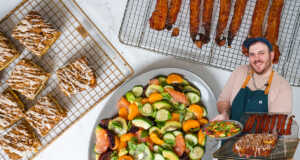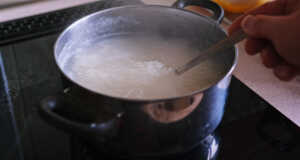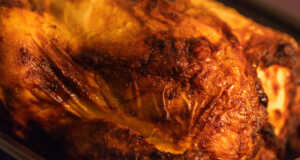Pork is a popular and versatile protein, and it’s easy to see why! With so many ways to prepare it, surely there’s a pork recipe out there to tempt just about anyone. However, I’m sure we’ve all had our fair share of dry, tough pork chops or worse, an undercooked roast. To avoid these common pitfalls, go ahead and check out the list below for 6 mistakes most people make when cooking pork.
Choosing the wrong cut
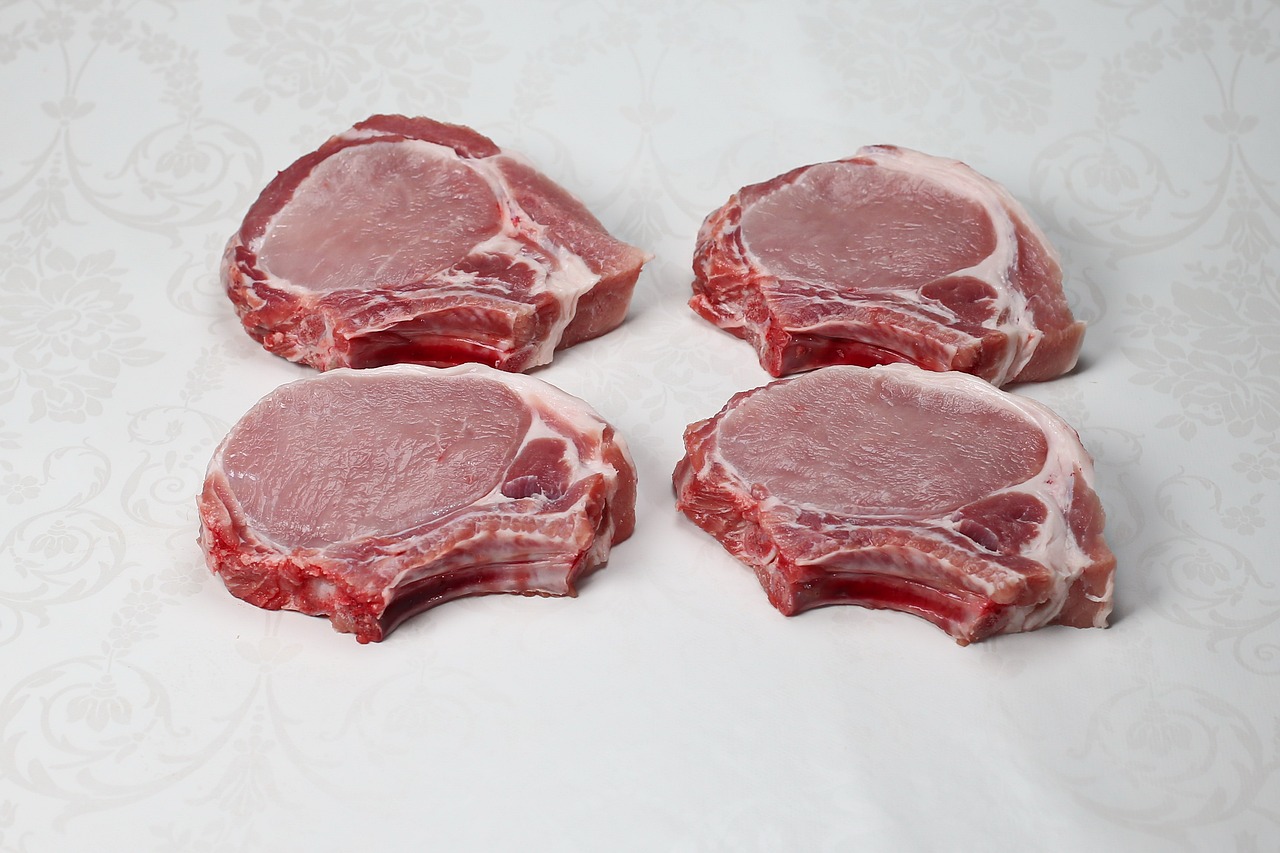
Yes, unfortunately, things can go wrong from the very first step – choosing your cut of meat. But let’s start with the basics of choosing pork in general. According to The Spruce Eats, “When buying pork, look for firm, pink flesh. Damp meat, pale meat, and soft meat all come from a factory-farmed pig. Consider seeking out pastured pork or organic pork for the best results.”
Now, when it comes to specific cuts, it’s important to consider what you’re using it for. Making pulled pork? Pork shoulder or pork butt would be perfect. Grilled pork chops have to be bone-in, according to the many experts. Check out this article for a more in-depth look at which cuts are preferred for different uses.
Trimming the fat
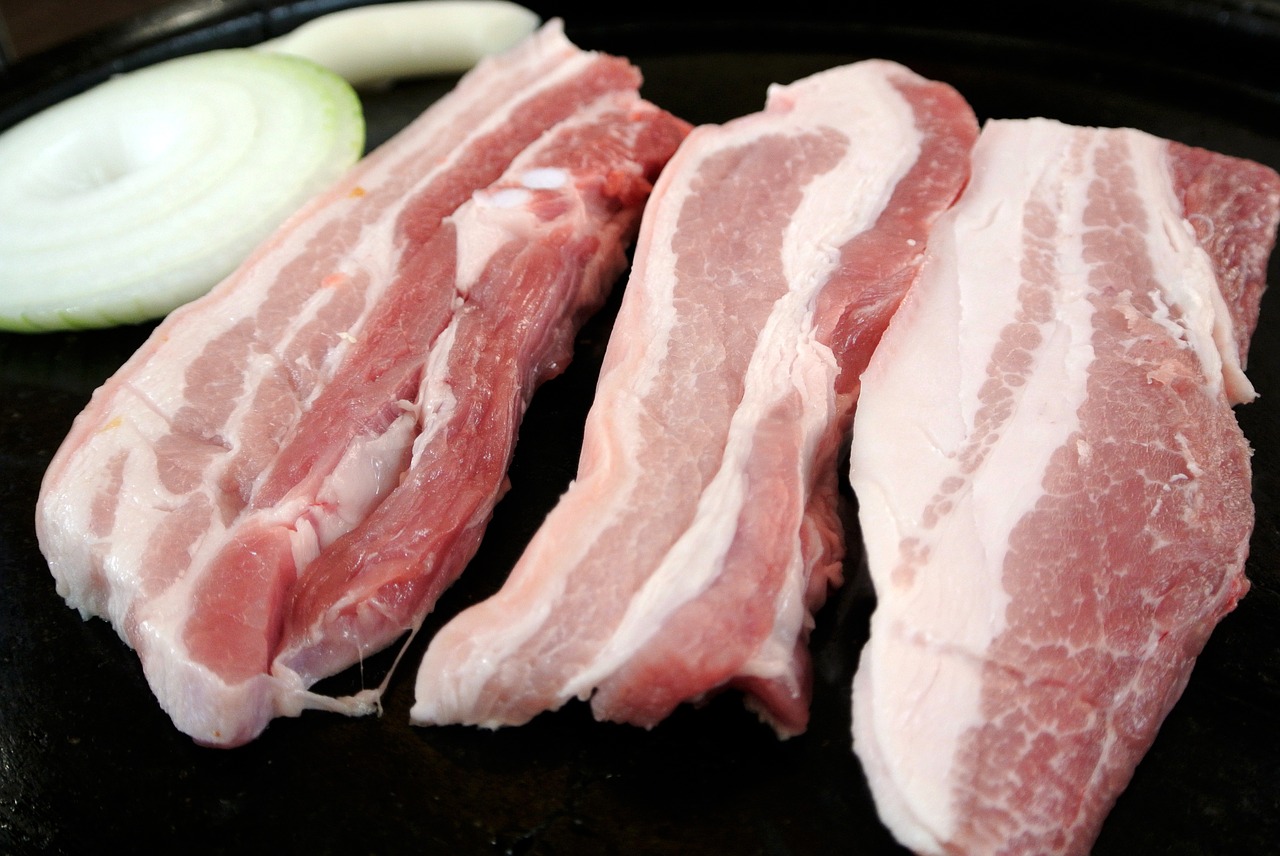
Most cuts of pork have at least some fat, either around the edges or marbled throughout. It may be tempting to trim this fat off, but it’s important to resist that urge! The fat not only makes the final product richer and more flavorful, but it also keeps the meat from drying out. If you really want to cut back on the fat, wait to trim it off until after the meat is cooked.
The one exception to this rule is pulled pork. You can trim some of the fat off so more of the mean can brown and caramelize during the cooking process.
Cooking too soon after removing from fridge
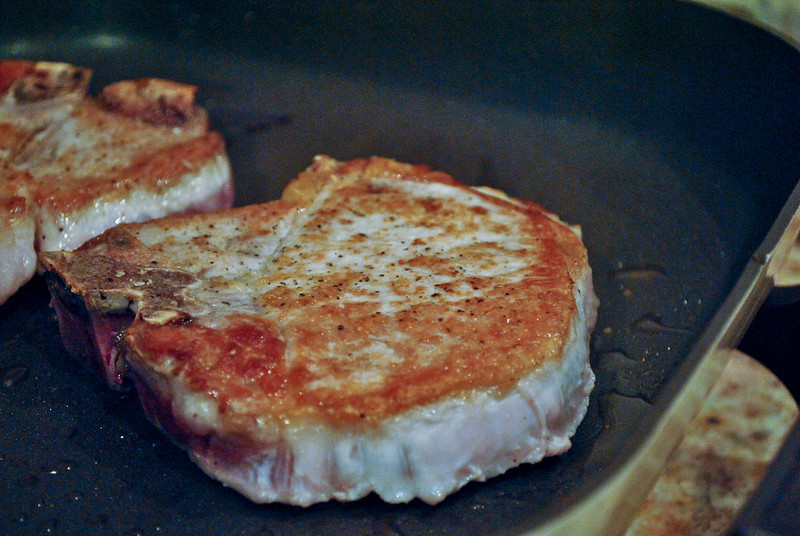
While you definitely don’t want raw pork to be sitting out for too long, it would also be a mistake to toss your pork directly into a skillet or on the grill from the fridge. According to Southern Living, the exterior will finish cooking before the inside is done. So either your meat is undercooked in the middle or charred on the outside. Yikes!
Instead, Bon Appétit suggests letting your meat sit out to temper – that is, come up to room temperature – for just a few minutes. This helps the meat stay juicy and cook more evenly.
Greasing pan or grill instead of pork
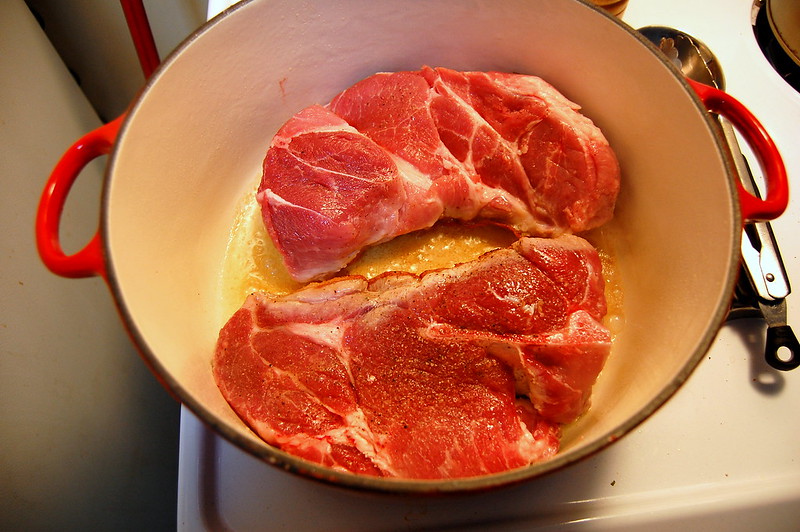
When cooking meat, or really anything on the stovetop, it’s pretty common knowledge that you should oil or grease the pan in some way to keep things from sticking. When it comes to pork, instead of greasing the pan, try applying oil to the meat itself. Cooktop Cove tells us this will give the meat an even barrier of heat protection and will keep the oil from drying out or burning up. This is true for grilling your pork as well.
Overcooking/undercooking
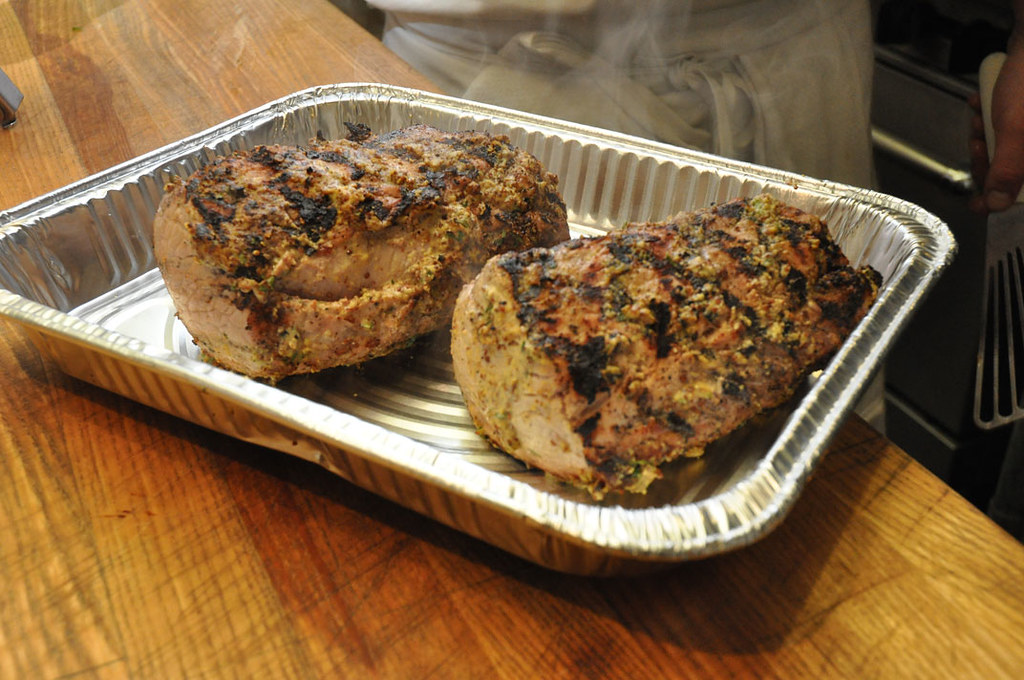
Undercooking: Obviously, this is a big no-no for pork. Beef? Sure, leave it a little pink in the middle if that’s your thing. Pork? Not so much. The USDA standard for cooked pork is at least 145 degrees Fahrenheit. The consequences of eating undercooked pork? Risk of food-borne illnesses, bacteria, even parasites. In short, cook your pork and check the temp!
Overcooked: If you’re taking cooking advice from your grandma, you may have the wrong info, and it’s probably making you overcook your pork! We just discussed the internal temp for pork, which is 145 degrees. This is a relatively new standard that was put in place in 2011. Previously, the internal temp was 160, which really does make all the difference when cooking something as delicate as pork.
Hungry for pork now? Check out our five-star recipe, Slow Cooker Pork Chops and Peppers!




